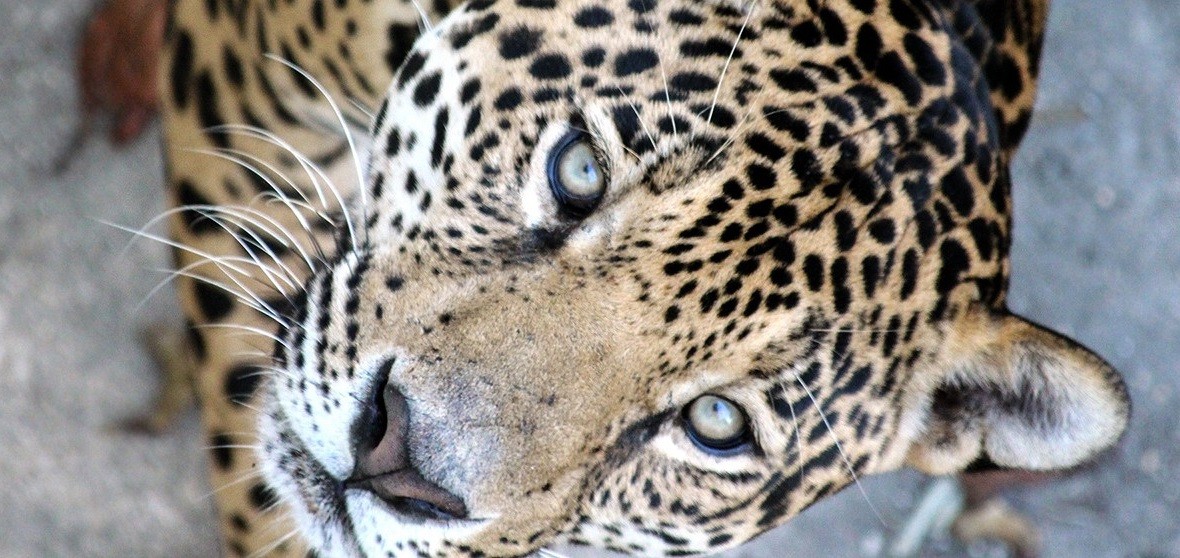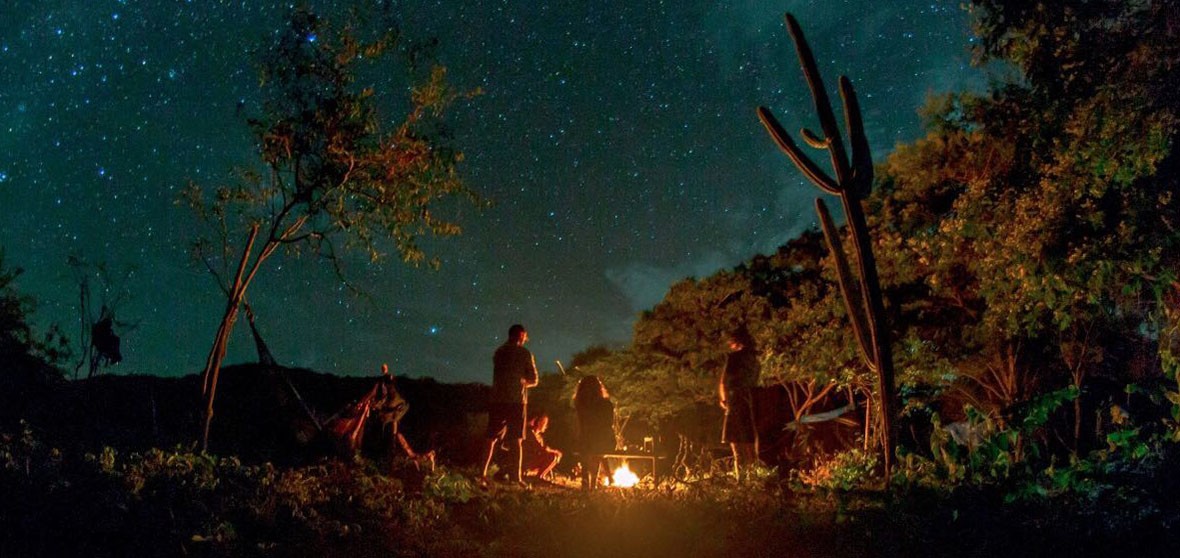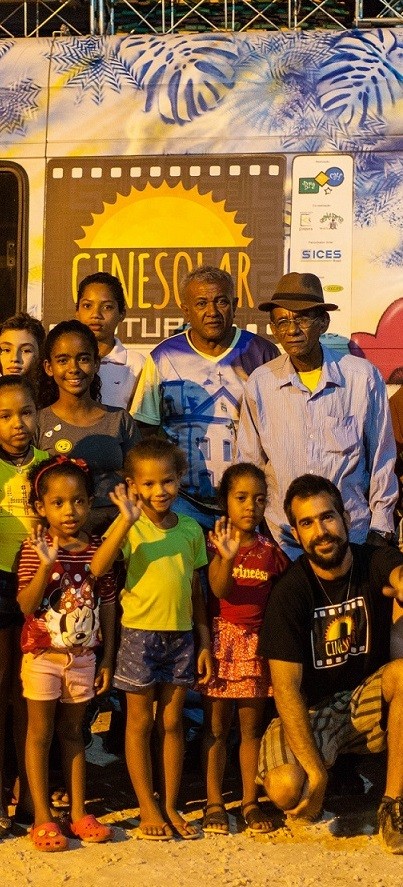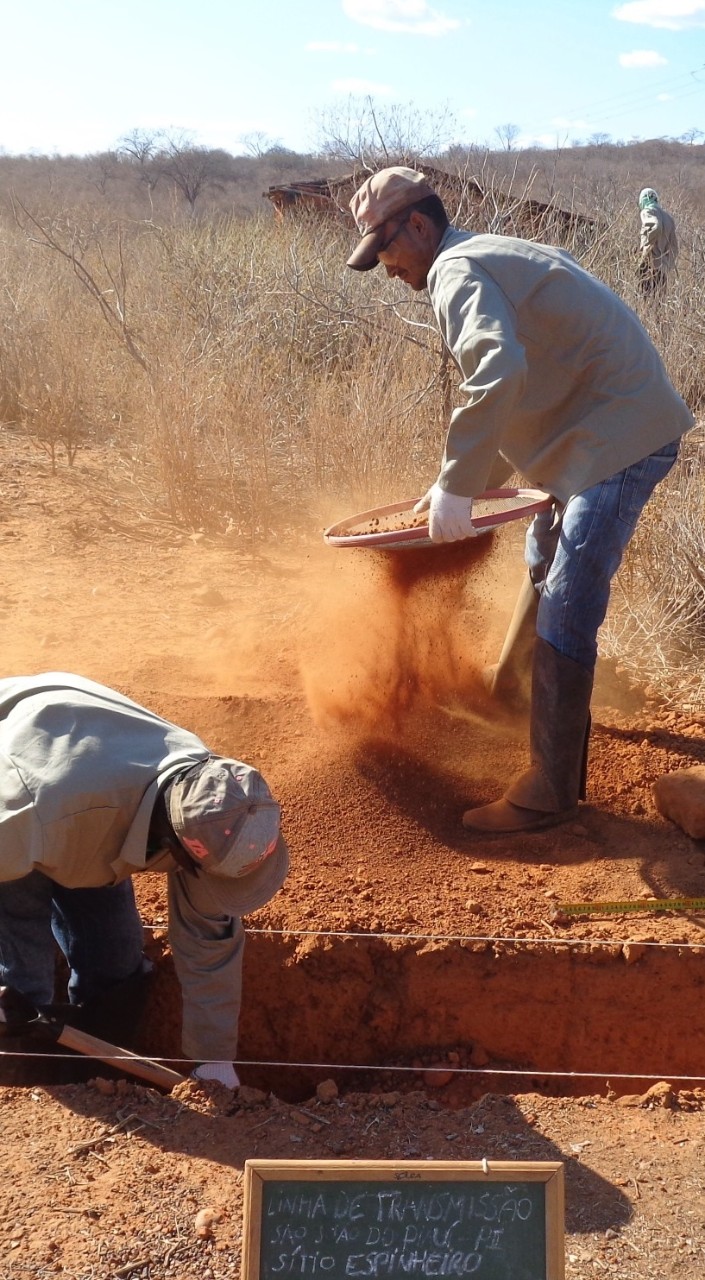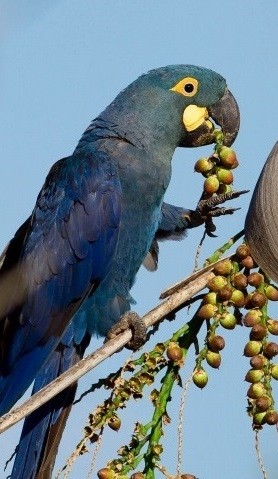“Most of our projects are focused on the caatinga and there is little research about this ecosystem. Understanding the importance of these areas for native species is essential for us to maintain a ‘greener’ and more sustainable operation”
Boqueirão da Onça has one of the largest preserved caatinga areas on the planet, a kind of vegetation that only exists in Brazil and characterises itself as a real treasure of Brazilian biodiversity.
When the environment is part of business
In the surroundings of the Delfina Plant, Enel Green Power has been testing several technologies to protect and research the habits of animals that inhabit the region. Within these efforts, two feline species have been getting special attention: pumas (Puma concolor) and jaguars (Panthera onca). This is because Boqueirão da Onça is considered one of the last havens for these animals in northeastern Brazil.
Formed of several experts, EGP’s Environmental Discipline team launched a programme to map the presence of the felines and study their natural habitat. Thanks to a satellite telemetry system, researchers have been undertaking campaigns and assembling devices to capture jaguars without scaring or hurting them.
The team of biologists and veterinarians found a female jaguar of about six years of age, weighing 30kg, 1.55m long and 50cm high. “The animal was healthy, with no injuries, scratches or any marks on its skin. We named her Victoria," said Claudia Campos, Project Coordinator, remembering her first encounter with the animal that now lives free in the caatinga, relaying information to the EGP team.
“Victoria received a collar that causes no damage and allows us to track her movements. The device records this data and sends it back to us via satellite”
About the research team
The Environmental Discipline team has a fundamental role in all of Enel Green Power’s business stages, as it is responsible for analysing the projects’ environmental feasibility and to create strategies and directives to reduce the impact during construction, as well as to monitor special issues during the operation.
“We are responsible for projects’ green design, according to local environmental aspects and the existing legislation”
The programmes developed by Environmental Discipline promote the effective reduction of socio-environmental impact in the works and, consequently, bring benefits to EGP’s business. After all, the preservation of the ecosystem and valuing biodiversity are one of Enel Group’s main commitments in Brazil and around the world.


